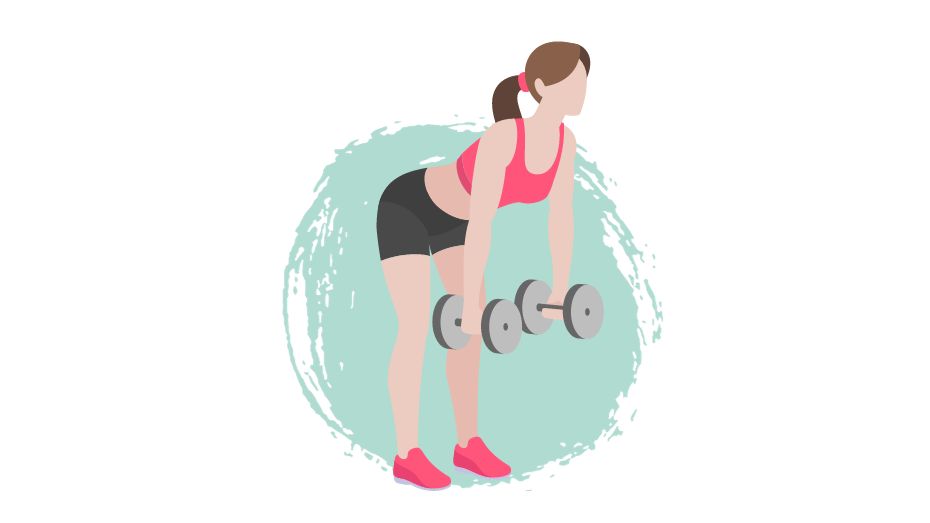Ignoring exercise is akin to inviting flabbiness, weak muscles, inefficient lungs, and a vulnerable heart. Did you know that a sedentary lifestyle is almost as risky as smoking when it comes to your health?
Disease Prevention is Key
Our physiology is designed for movement. Our bodies actually yearn for it. Consistent exercise is crucial for maintaining good health. It significantly lowers the risks of heart disease, cancer, and high blood pressure. Plus, it makes you look youthful and feel vibrant.

Boost Your Stamina
Exercise, especially aerobic forms like walking, cycling, dance fitness or Zumba, energizes you by teaching your body to utilize energy more efficiently. You’ll notice that your heart and lungs get better at their job — so much so that you’ll recover faster from physical exertion as your fitness level improves.
Strength and Tone
Resistance training, like lifting weights, isn’t just about bulking up. It also strengthens your bones, ligaments, and overall body structure while enhancing endurance. With a consistent workout routine, you’ll notice a firmness in your muscles and even an improvement in your posture.
Become More Flexible
Stretching isn’t just a pre or post-workout ritual but essential for overall flexibility and posture. Regular stretching can make daily tasks more manageable by improving your range of motion. It can also lower the risk of injuries and aid in muscle relaxation.

Keep Your Weight in Check
It’s a simple equation: burn more calories than you consume, and you’ll lose weight. Exercise is one of the most effective ways to burn those extra calories.
Uplift Your Quality of Life
Once you make exercise a part of your life, you’ll start to notice other benefits like reduced stress levels, enhanced mood, and improved sleep quality. Exercise could very well be your fountain of youth.
How Often Should You Exercise?
Consistency is the cornerstone of any successful exercise regimen. Haphazard “stop-start” routines can be counterproductive and even harmful.
Cardio Guidelines
Starting with three sessions a week is safe and beneficial for beginners. For more advanced people, aim for 200 minutes of aerobic exercise per week, with each session lasting at most 60 minutes.
Weightlifting Do’s and Don’ts
Limit your weight training to three days a week, focusing on specific muscle groups each time. Also, never exercise the same muscle groups on consecutive days to allow for adequate recovery.

Don’t Skip the Stretch
Stretching is often overlooked, but its importance can’t be overstated. Aim for at least three days of stretching per week. After a warm-up or workout, target major muscle groups with stretches held for 10-30 seconds.
Article contributed by: Armand Tecco, M.Ed. Certified as a health/fitness instructor by the American College of Sports Medicine and a strength and conditioning specialist by the National Strength & Conditioning. Read Original Article Here.

